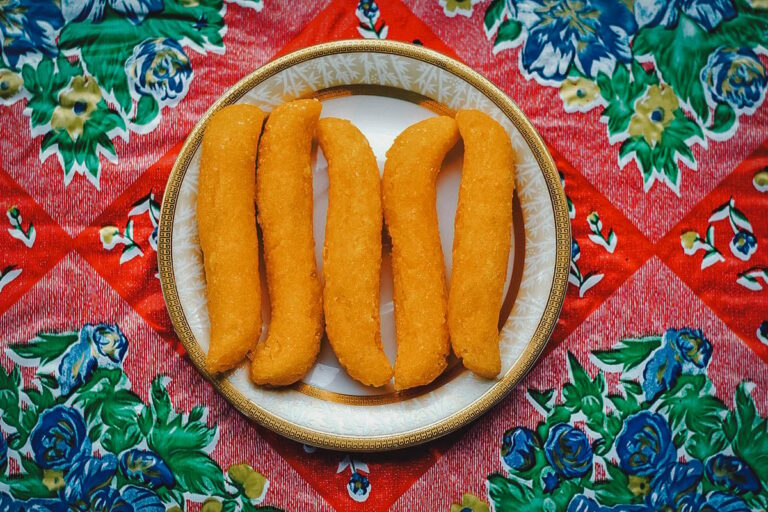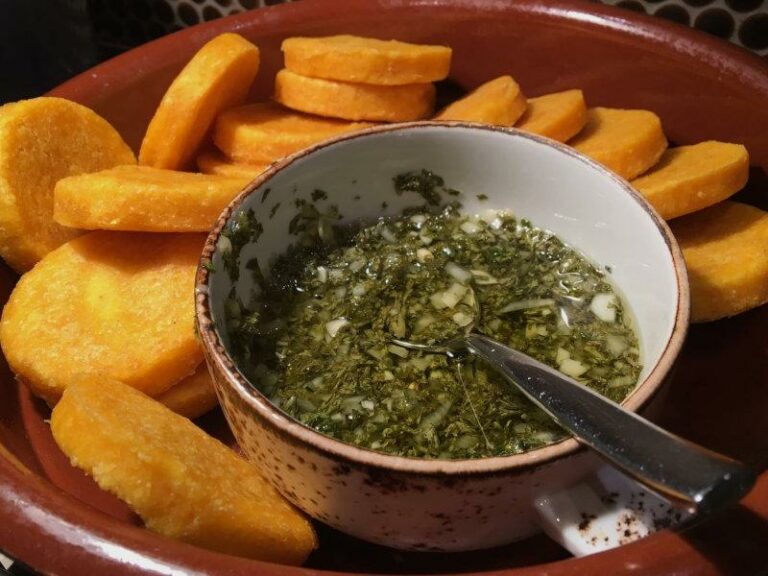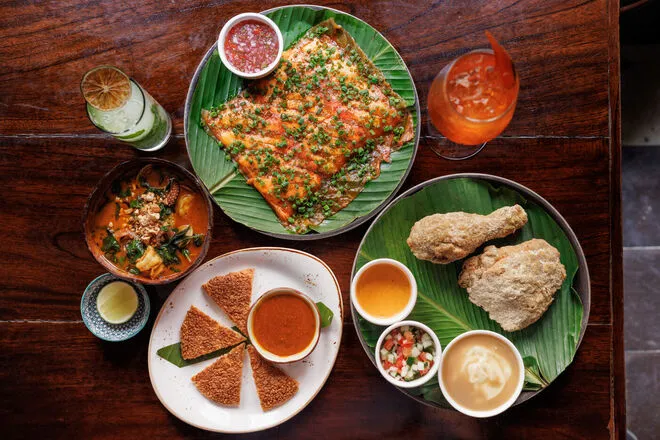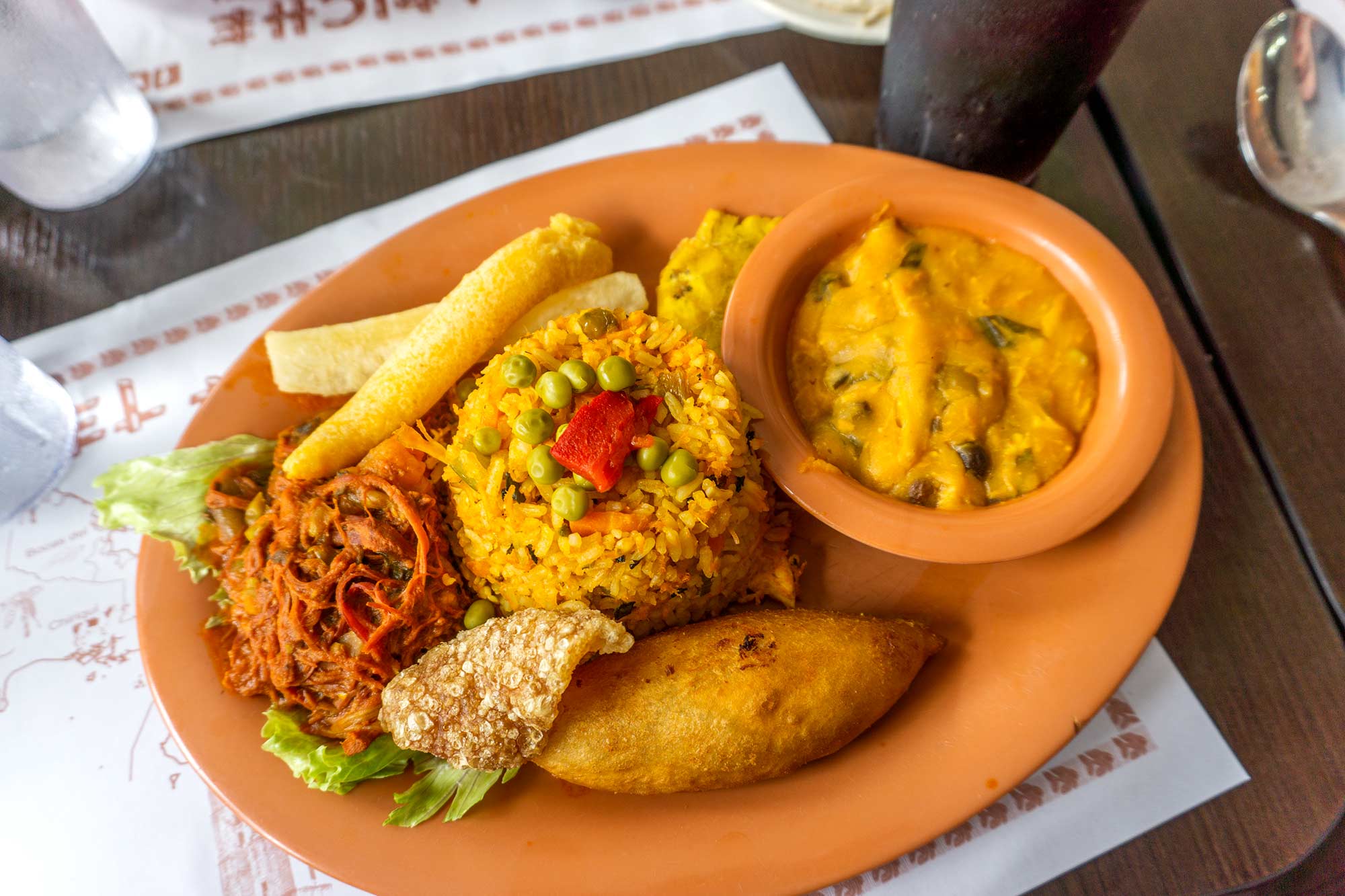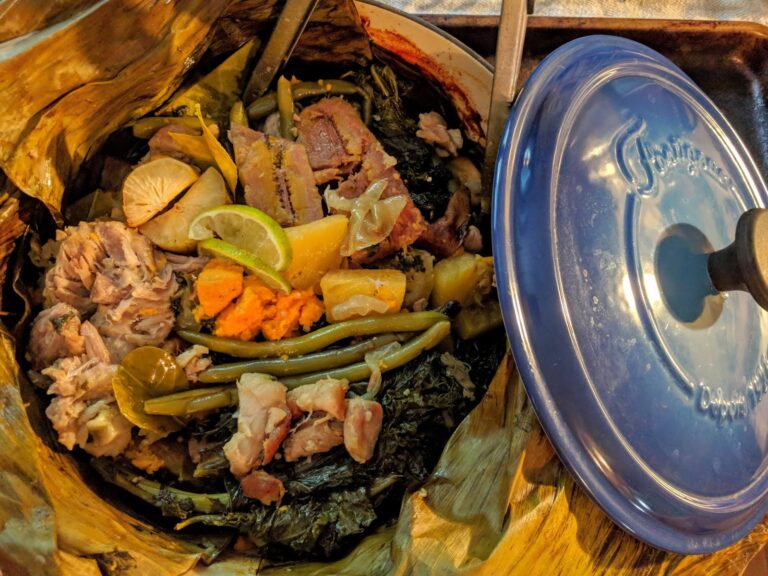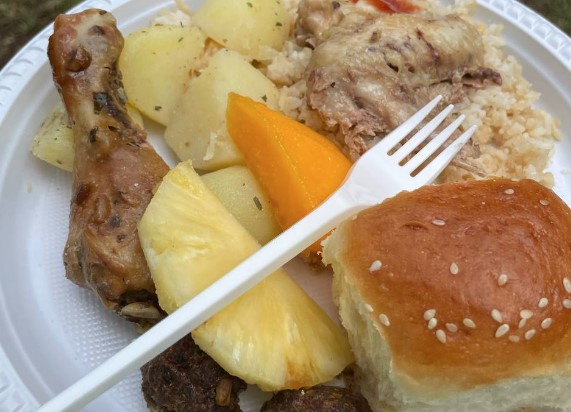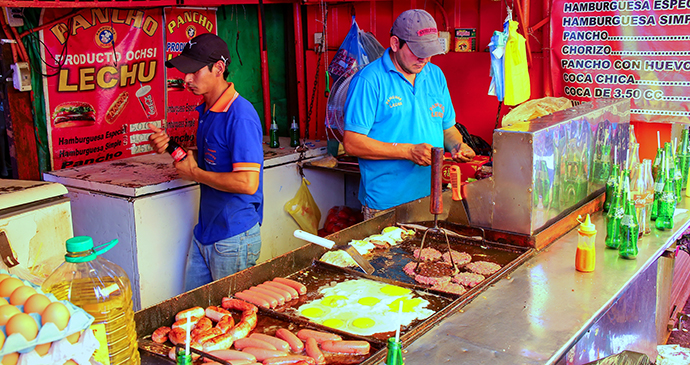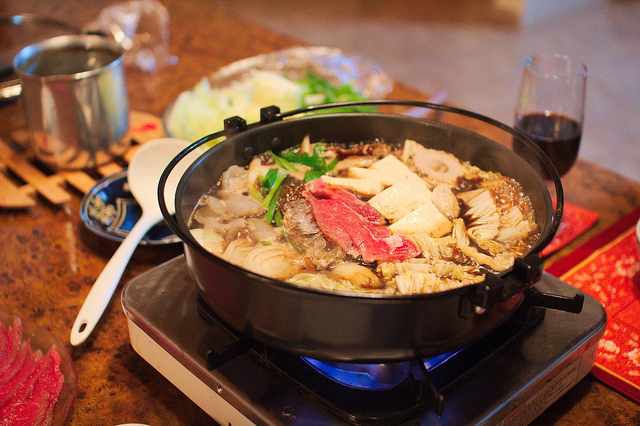Introduction: Street Food in Palestine
Palestinian cuisine is a combination of Arabic, Mediterranean, and Middle Eastern flavors. The food culture in Palestine is deeply rooted in its history and its connection to the land. A significant part of this cuisine is street food, which has been a staple of Palestinian culture for generations. Palestinian street food is not only delicious but also affordable, making it a popular option for locals and visitors alike.
Falafel: A Classic Palestinian Dish
Falafel is a well-known Palestinian street food that has gained popularity all over the world. Made from chickpeas, parsley, onions, and a blend of spices, falafel is deep-fried and served in a pita bread with tahini sauce and vegetables. The crispy exterior and soft interior of the falafel make it a must-try street food in Palestine.
Falafel is an integral part of Palestinian cuisine and can be found in almost every street food vendor in the country. It is not only a delicious snack but also a healthy option for vegetarians and vegans. The best way to enjoy falafel is to have it freshly made by a street vendor and paired with a cold glass of fresh lemonade.
Shawarma: A Popular Street Food Option
Shawarma is another popular street food option in Palestine. It is a Middle Eastern dish made of marinated meat, such as chicken, beef, or lamb, roasted on a spit and served in a pita bread with vegetables and sauces. The meat is sliced thinly and combined with vegetables, such as tomatoes, onions, and lettuce, and drizzled with a sauce of your choice.
Shawarma is a perfect meal for those who are on the go and looking for a quick bite. It is a filling and flavorful street food that can be found in every corner of Palestine. The best way to enjoy shawarma is to have it freshly made from a street vendor and paired with a cold glass of mint lemonade.
Musakhan: A Unique Taste of Palestine
Musakhan is a unique Palestinian street food that is made with chicken, sumac, and onions, and served on a thin bread called taboon. The chicken is marinated in a blend of spices and roasted for hours until it is tender and flavorful. The sumac and onions add a tangy and sweet flavor to the dish, making it a must-try street food in Palestine.
Musakhan is a traditional Palestinian dish that is often served during special occasions, such as weddings and holidays. However, it can also be found in street food vendors throughout the country. The best way to enjoy Musakhan is to have it freshly made and paired with a hot cup of mint tea.
Qatayef: A Sweet Treat for Your Taste Buds
Qatayef is a sweet treat that is popular during Ramadan in Palestine. It is made from a sweet batter filled with either cheese or nuts and then fried until golden brown. Qatayef is then drizzled with syrup and served hot.
Qatayef is a perfect dessert for those with a sweet tooth. It can be found in street food vendors during Ramadan and special events throughout Palestine. The best way to enjoy Qatayef is to have it freshly made and paired with a hot cup of Arabic coffee.
Maqluba: A One-Pot Meal for Everyone to Enjoy
Maqluba is a one-pot meal that is popular in Palestine. It is made with meat, rice, and vegetables, such as eggplants, potatoes, and cauliflower. The ingredients are layered in a pot and cooked until tender. Once cooked, the pot is flipped upside down on a platter, revealing the layers of meat, rice, and vegetables.
Maqluba is a hearty and flavorful street food that can be found in many Palestinian households and street food vendors. The dish is perfect for large gatherings and family dinners. The best way to enjoy Maqluba is to have it freshly made and paired with a cold glass of yogurt drink.
In conclusion, Palestinian street food offers a diverse range of flavors and tastes that are unique to the region. Falafel, shawarma, Musakhan, Qatayef, and Maqluba are just a few of the many must-try street food items in Palestine. These dishes not only satisfy your taste buds but also provide a glimpse into the rich culture and history of Palestinian cuisine.


